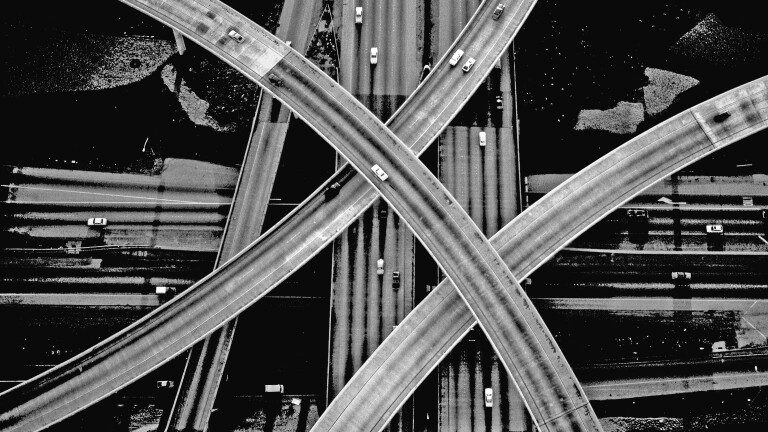Latest

Authors, former students, colleagues and friends reflect on the legacy, impact and generous spirit of the late Mike Davis — a social historian and professor emeritus whose writings and teachings on power and social class in Los Angeles inspired and guided an entire generation of L.A. and urban historians.










